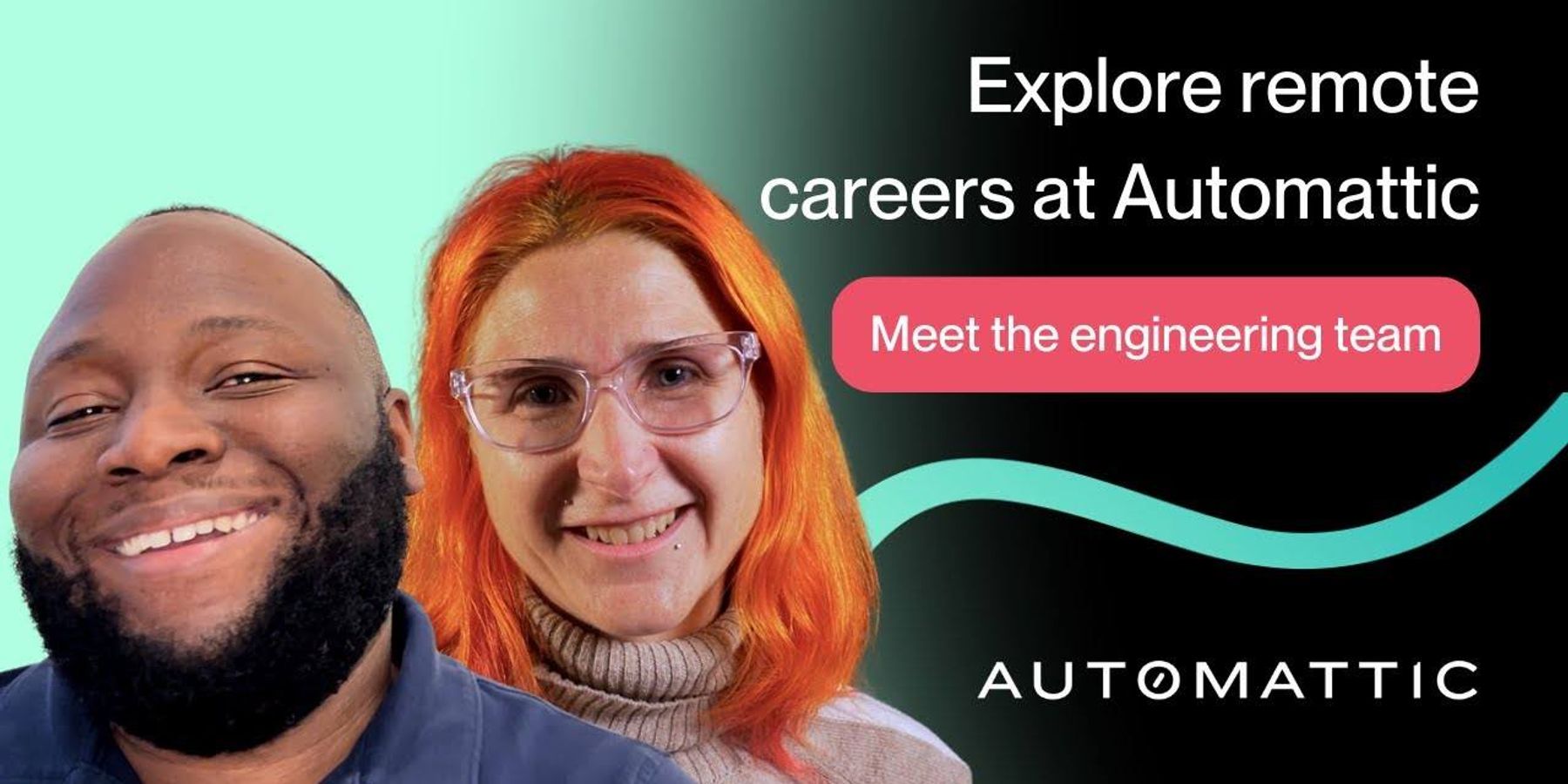Growing up amid Detroit's automotive legacy, Veronica Babridge developed an early and deep-seated interest in mechanical engineering.
“I loved to take apart and build things,” Veronica tells us. “I watched a lot of technology unfold, from ABS and Traction Control to navigation and airbags.” This pull towards the automotive industry eventually led Veronica to pursue a mechanical engineering degree where she envisioned building a lifelong career.
However, life’s twists and turns had other plans for her.
Veronica is now a technical sales executive at Autodesk, a global leader in design and make technology, where she’s made the Diamond Club as one of the top 100 sales representatives. Change has been the one constant in her career, and she’s mastered the art of adaptation across multiple roles.
We caught up with Veronica to chat all things pivots, shifts, and career recalibrations — including her best advice for those considering a career change.
Navigating career crossroads
With a mechanical engineering degree in hand, Veronica secured her first position with a Tier I automotive supplier, later branching into heavy-duty equipment, truck, and engine manufacturing.
This advanced manufacturing skill set then propelled her into project leadership at an engineering services firm, where she excelled at leading teams, process excellence, and executing complex projects.
“Transitioning into project management was a natural progression,” Veronica says. “I discovered that my strong technical communication skills allowed me to close the gap between engineering and manufacturing by breaking down project complexities into pertinent information for leadership. I also enjoyed advocating for engineers when it came to scope or budget creep to ensure my team was given the resources to deliver quality work.”
Developing a breadth of industry experience and a knack for process and technology led Veronica to consider technical sales — and Autodesk’s sales team fit the bill. As a technical solutions executive, Veronica now works with customers to evaluate how they currently design and manufacture products and where Autodesk can provide value.
Reflecting on these pivots and turns, Veronica says, “When I felt I achieved a depth of knowledge in my current role and wanted to increase my earning potential is when I considered career shifts.” She didn’t shy away from new or uncharted territory; rather, she saw it as an opportunity to propel her growth. She also continued to enhance her education by obtaining her Master’s degree in Engineering Management.
Fresh perspectives, bold solutions
It’s thanks to her technical background that Veronica adjusted seamlessly to sales.
“Being new to a role and workspace can be your superpower. Sometimes, a fresh perspective can bring new ideas and new ways of working,” Veronica says.
“I can relate to most of my customer’s current goals and challenges because I have lived through them myself. This allows me to have very productive conversations on capturing where our customers are today and where Autodesk’s solutions can take them now and in the future.”
Even more, she’s found that, while she might not be living out her exact childhood dream — she’s not too far off.
“This places me in a position very close to my original ambition to lead the implementation of new technology not only in automotive companies, but all types of companies,” Veronica says. “To truly achieve professional stability, you must embrace change. You must innovate and be willing to adapt to remain competitive.”
Follow these three steps when making a career pivot
10 years from now, Veronica imagines herself leading the implementation of artificial intelligence technology. “STEM professionals will have to evolve to remain competitive now more than ever before. In the future, I would like to develop and lead the technology strategy for a company and its employees.”
With that said, Veronica also understands that life can throw curve balls. It’s the art of adaptation that’s helped her build a fulfilling career — and she has no plans of closing doors any time soon.
If you find yourself at a turning point between positions or industries, Veronica encourages you to follow these three steps:
- “I first research the industry and determine why it would be a good fit for me and my career development goals. This establishes your ‘why’ that you can refer to when tackling fear of the unknown.”
- “I then identify the transferable knowledge and skills that I already possess that will allow me to be a competitive candidate in a new industry.”
- “Next, I look for potential skill and knowledge gaps and ways to close those gaps through research, education, or professional development.”
“I have found that, no matter the industry, there are more similarities than there are differences,” Veronica shares. And in the ever-evolving landscape of careers, adaptation will help you pull from your past experiences to find success today.
Interested in building your career with a global leader in design and make technology? Autodesk is hiring! Explore the career opportunities here.



